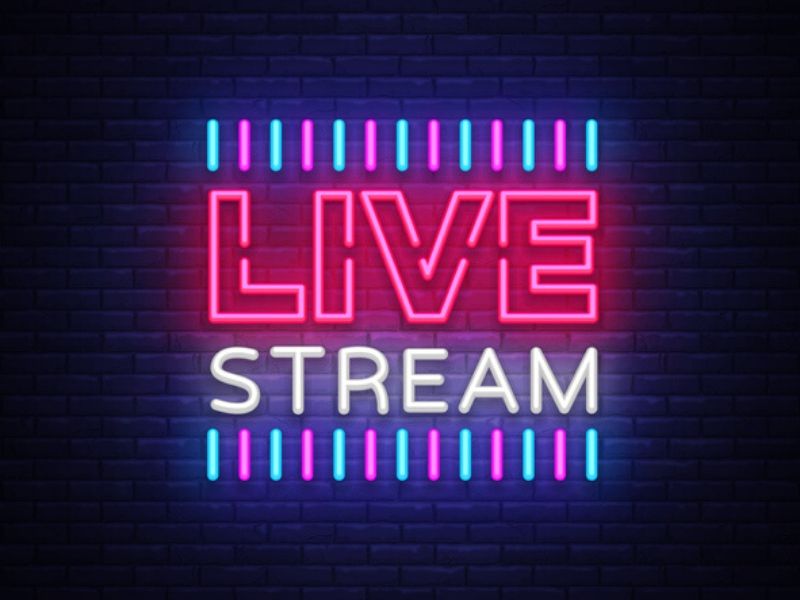Live videos have become a standard for many businesses and content producers. Live streams cannot be discounted as a vanity metric if you want to stand out in a crowded newsfeed.
This book is all you need to use live streams to increase your influence in your niche and develop deeper relationships with your audience as you prepare to embrace the live experience. Let’s move forward.
What is Live Streaming?
Like live TV, live streaming involves making videos as they are being watched. It enables real-time audience engagement and content sharing. Live videos can’t be edited, but their unedited, unfiltered content makes them popular on social media.
Why live stream?
Creating live broadcasts is the smart approach when it comes to establishing more intimate connections with your audience. But if you still need more persuasion, consider these main advantages of going live:
- It expands your clientele.
- It is free.
- It allows for immediate audience participation.
- It aids in building a content engine.
It’s important for live streaming to be as genuine and unstaged as possible. But that’s no justification for producing shoddy, amateurish videos. Here are some quick yet effective techniques to give your live streams a more polished appearance if you’re serious about expanding your viewership.

Streaming platform
Making the right streaming platform choice is an important competitive benchmark because brands and creators want to gain as many viewers as possible for a live stream. You’re going to broadcast live on a streaming platform. A streaming platform also referred to as a content delivery network (CDN), may be free or charged.
Video and audio sources
An audio source provides audio into the live stream, while a video source sends video to the live broadcast. A multi-camera configuration might need more video and audio sources than a straightforward live-streaming arrangement, which might need one video and one audio source.
Examples of video sources include webcams, DSLRs, camcorders, PTZ cameras, phones, and tablets, among others.
Examples of audio sources include audio files, lavalier, portable, and USB microphones.
Lighting
While having the proper lighting setup may seem easy, it can be difficult for live streamers. Both too little light or light coming from a source behind you might generate a silhouette that might make viewers wince, and too much light over your head can cast shadows on your face. To live stream like a pro, you must create a lighting setup.
The following is how to make it:
- Use the sun
- Choose a ring light.
- Purchase a three-point lighting set.
- Employ reflectors
Video encoder
Now for some technical information. Since an encoder converts an audio-video signal into a digital signal for the web, it is a must for live streams. It would be best if you had an encoder to transform the video signals from video sources like cameras into digital signals for real-time streaming because most video sources, like cameras, are not designed for it. However, since a smartphone or tablet doesn’t need an additional encoding device, you can use one of those instead. However, a smartphone or tablet isn’t exactly a feature-rich encoder.
Let’s say you’re seeking a specialized encoder to produce live feeds that are of a high caliber. In such a situation, you can choose between a software encoder that could need a capture card and a hardware encoder (such as the Epiphan Pearl-2) that doesn’t.
Internet connection
A reliable internet connection is the most important item to consider before going live. You can choose from Wi-Fi or a cellular (4G/LTE) connection in addition to Ethernet, which is frequently a fantastic option.
Recent Comments